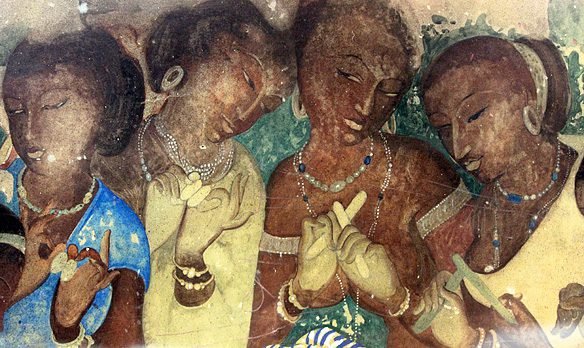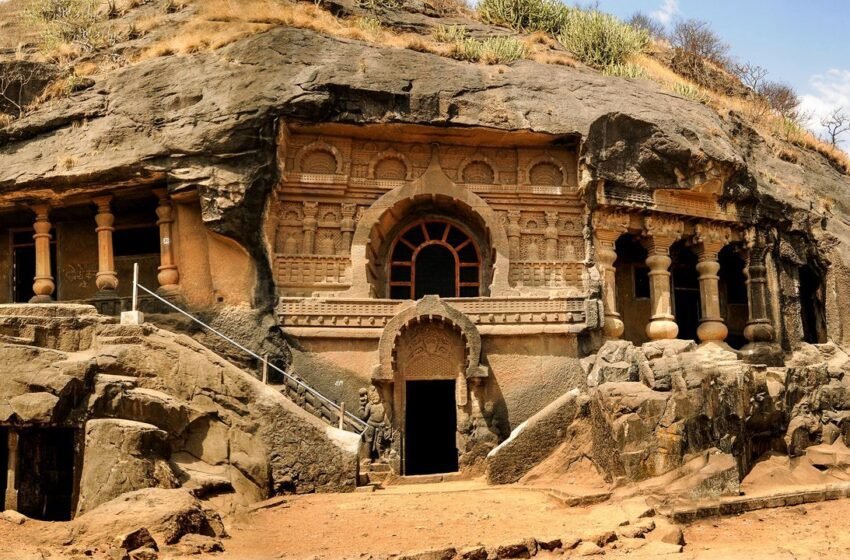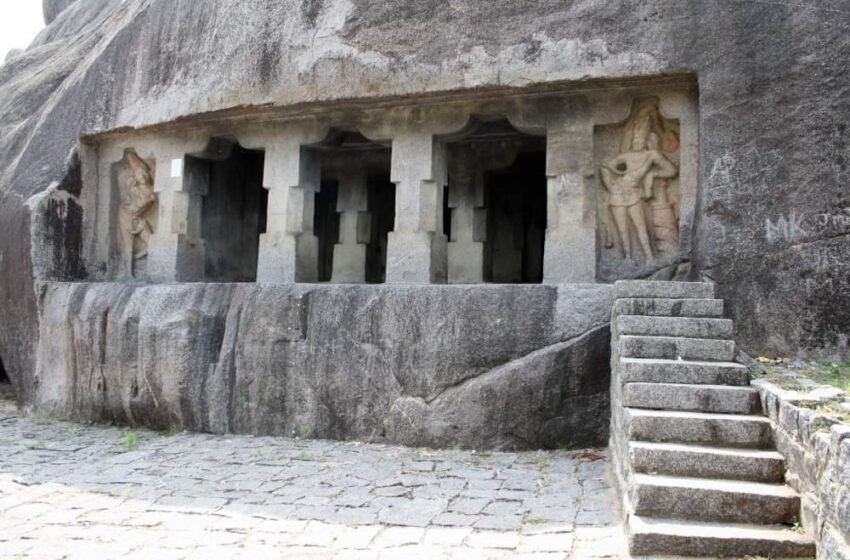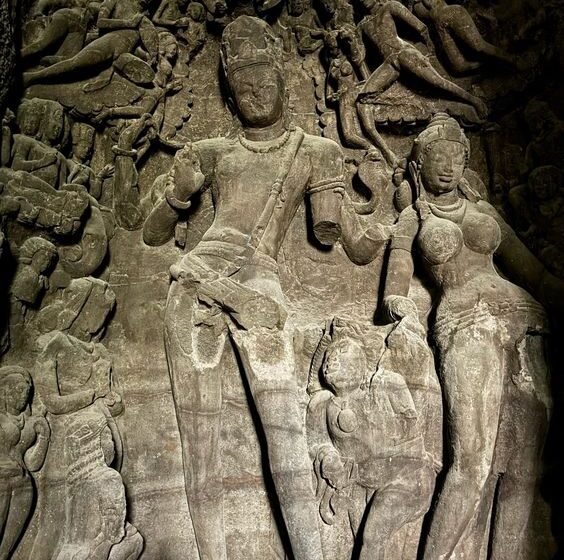The Bagh Caves are a fascinating collection of nine rock-cut structures found on the slopes of the Vindhya Range near the town of Bagh in the Dhar district of Madhya Pradesh, India. They were created around the 5th to 6th century CE, showcasing the artistry and architectural skill of ancient Indian craftsmen. These caves, much […]Read More
The Pandavleni Caves, also known as Trirashmi Caves, are a series of rock-cut caves located in Nashik, Maharashtra. Carved into a hill over two millennia ago, these caves are famous for their architectural beauty and historical significance. They were crafted mainly between the 3rd century BCE and the 6th century CE, during which time they […]Read More
The Mandagapattu Tirumurti Temple, located in the Viluppuram district of Tamil Nadu, is an ancient Hindu temple created from solid rock. This temple, attributed to the Pallava ruler Mahendravarman I, represents a significant development in early Dravidian temple architecture. Mahendravarman I, who ruled during the 7th century, was a pioneer of rock-cut architecture, and the […]Read More
From Monastic Life to Ancient Art: The Wonders of Kanheri
The Kanheri Caves, located in Mumbai’s Sanjay Gandhi National Park, are an incredible example of ancient Buddhist art and history. Carved out of dark basalt rock, the caves are named “Kanheri,” derived from the Sanskrit “Krishnagiri,” which translates to “Black Mountain.” These caves are more than just historical structures; they reflect the spread of Buddhism, […]Read More
The Elephanta Caves are located on Elephanta Island also known as Gharapur, in Mumbai Harbour. This island has been home to people since as early as the 2nd century BCE making it an important historical site. Originally, the island was a Buddhist site, but over time, it became a major centre for the worship of […]Read More




